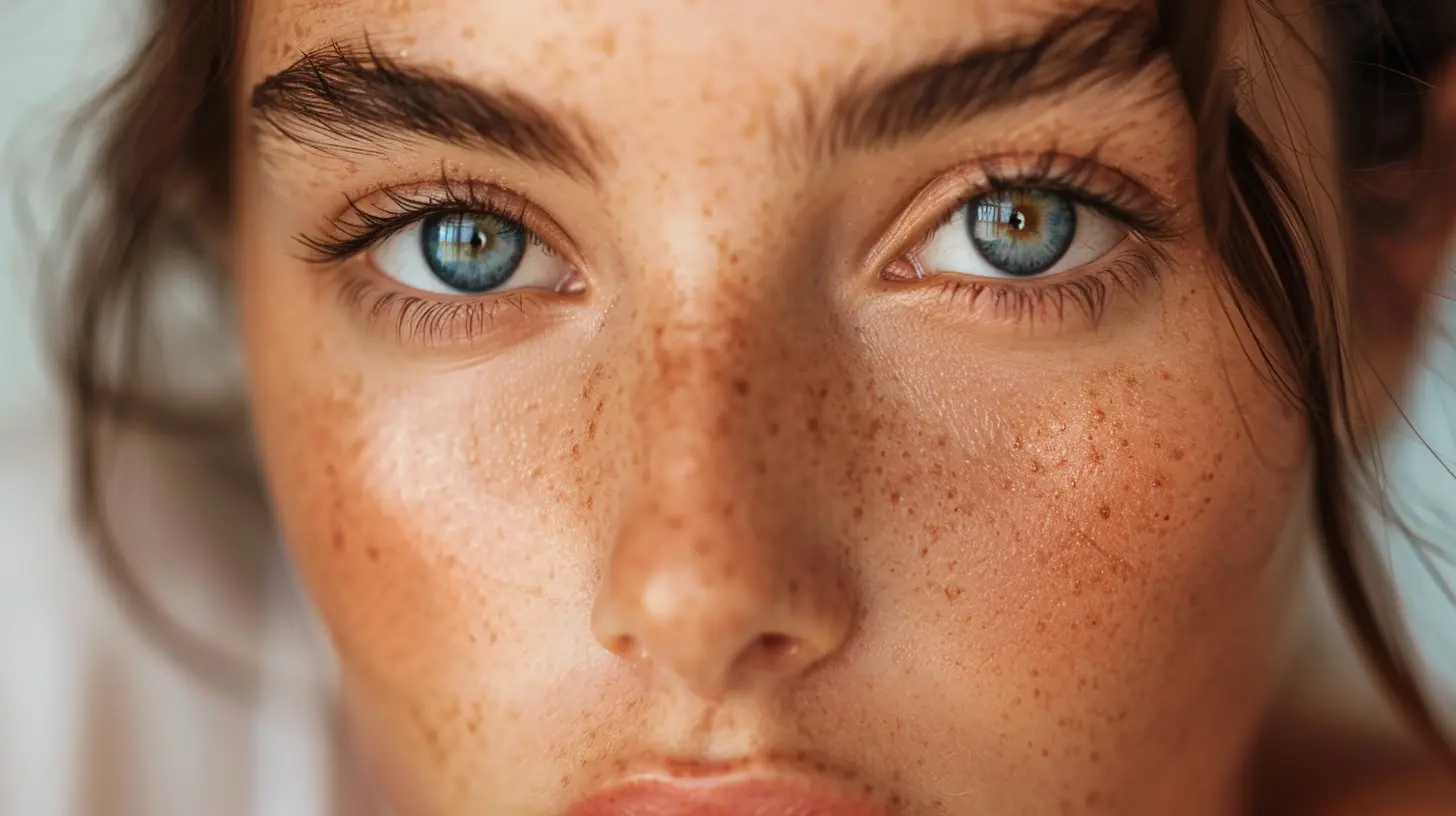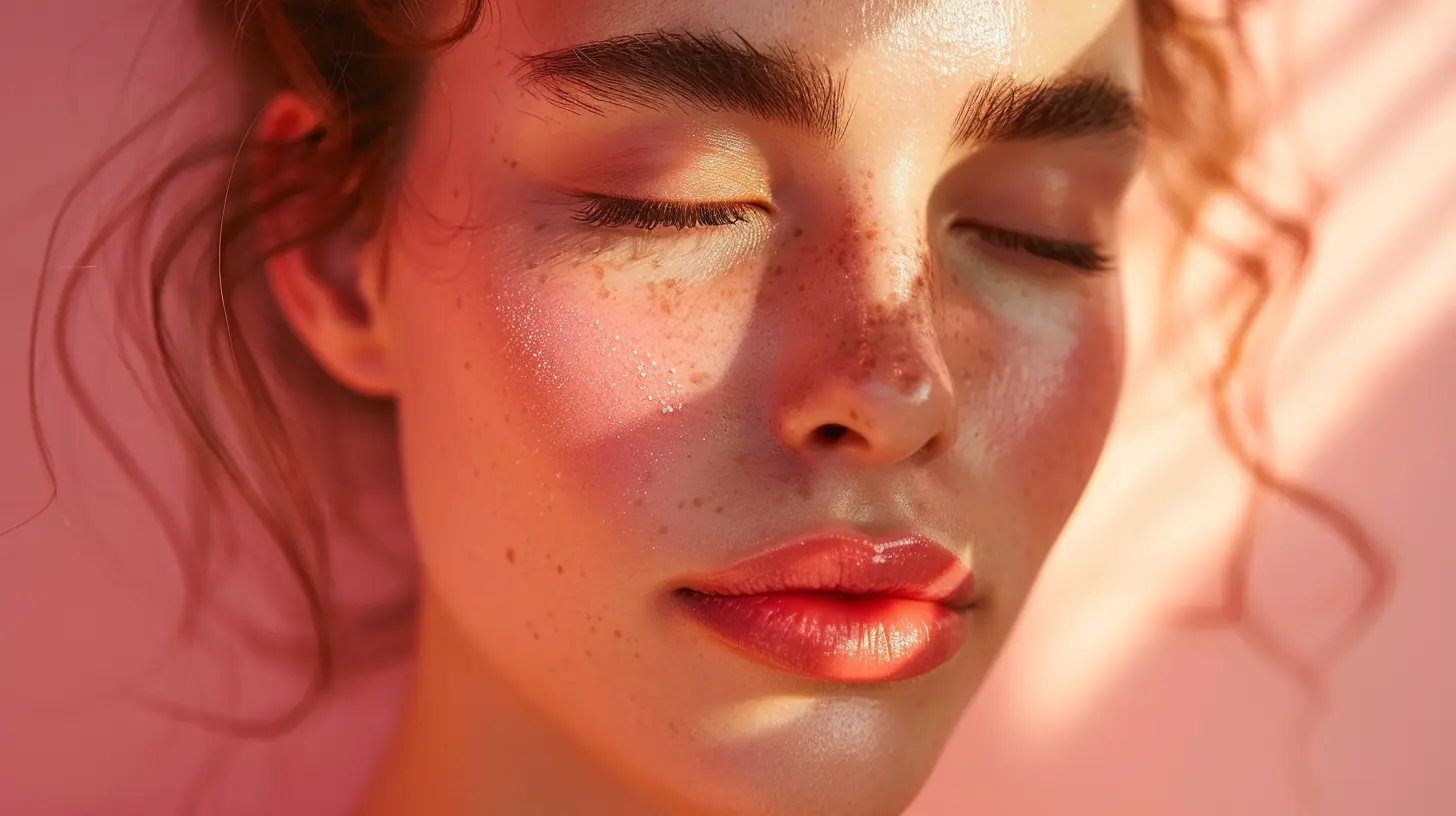Breaking Down the Myths Around “Clean Beauty”
11 November 2025
Clean beauty. Sounds straight out of a Disney movie, right? Like your skincare routine is done in a sun-drenched meadow, with a deer and a couple of bunnies cheering you on while you apply face cream made of unicorn tears.
But let’s pump the brakes for a sec.
The term "clean beauty" has been tossed around more than a beach ball at a summer festival. It’s all over your Instagram, front and center at Sephora, and probably brought up in your last group chat with the wellness-obsessed friend who thinks coconut oil cures everything (even heartbreak).
So what is clean beauty exactly? And more importantly, what isn’t it?
Let’s break it down, myth by myth—no bunny ears required.
🧼 What Exactly Is “Clean Beauty”?
Here's the thing: "clean beauty" doesn’t have a universal definition. There’s no fairy godmother or regulatory body officially defining what makes a product "clean." (Which, if you ask me, is kind of wild.)In general, clean beauty refers to products that claim to be:
- Free from certain “toxic” ingredients
- Made with safe, non-toxic, often natural or plant-based ingredients
- Considered environmentally sustainable
- Cruelty-free (most of the time)
Sounds great, right? But wait… who decides what’s “toxic”? That’s where things get murky.
🧪 Myth #1: Clean Beauty Means Chemical-Free
Let’s bust this one wide open.Does "clean beauty" mean "chemical-free"? Nope. Because guess what—everything is made of chemicals. Water? Chemical. Air? Chemicals. That coffee you just chugged? Deliciously chemical.
The reality is, clean beauty brands often mean they're free from certain potentially harmful synthetic chemicals, like parabens, phthalates, or sulfates. But using the term “chemical-free” is misleading at best, and scientific blasphemy at worst.
So next time someone tells you their skincare is totally chemical-free, smile and say, “So… it’s basically nothing?” 😉
🌿 Myth #2: Natural = Better (And Safer)
Here’s a spicy one: just because it comes from a plant doesn’t mean it's safe for your skin.We romanticize nature. It’s understandable. But poison ivy is natural. So is arsenic. And I don’t think you’d want to slather either on your face.
Natural ingredients can be amazing (hi, aloe vera and green tea), but they can also cause allergic reactions, irritation, or simply not work as effectively as lab-made alternatives.
Science has gifted us with decades of dermatological research. Lab-created ingredients are often more stable, more effective, and—get this—even safer than some natural options because they’re precisely formulated and tested.
So let’s not demonize science in favor of bee pollen and flower petals, okay?
🚫 Myth #3: All Non-Clean Products Are Toxic
Look, the word “toxic” gets thrown around a lot in the clean beauty world. But context is everything.To quote good ol’ Paracelsus, the father of toxicology, “The dose makes the poison.” Meaning: anything can be toxic in the wrong amount. Even water. Yep, drink six gallons in one sitting and your electrolytes will throw hands.
So when clean beauty brands slap “toxin-free” on their labels, they're implying that traditional beauty products are dangerous. But here's the thing—cosmetic ingredients (even synthetic ones) are tested and regulated for safety in many countries, including the U.S., Canada, and the EU.
That doesn’t mean every ingredient is perfect, but calling the rest of the beauty world “toxic” without nuance is like saying all fast food will kill you instantly. Not fair, and not true.
🐰 Myth #4: Clean Beauty = Cruelty-Free
Okay, this one stings a bit. We want to believe that anything marketed as “clean” wouldn’t include animal testing, right?But here’s the kicker: clean beauty doesn’t automatically mean cruelty-free.
Some clean beauty brands are indeed cruelty-free (and proudly so), but others may sell in countries where animal testing is still required by law (ahem, looking at you, China). And there’s no global standard enforcing this label.
If cruelty-free beauty is a dealbreaker for you (totally fair), make sure you look for certifications like Leaping Bunny or PETA’s cruelty-free symbol. Don’t rely on the “clean” label to tell you the whole story.
🧴 Myth #5: Clean Beauty Works Better
Oh, the eternal promise: buy this “clean” serum and your skin will glow like a glazed donut in Paris.But effectiveness comes down to formulation, not just ingredients.
You can throw all the botanical extracts into a jar, call it clean, and it still won't beat a well-formulated product from a “non-clean” brand that’s been tested rigorously and optimized for results.
Many clean beauty products are great—no question—but clean doesn’t automatically mean more effective. And sometimes, they lack clinically tested actives like retinoids or peptides (which your skin might really love).
Think of it like cooking. A dish made with organic kale still needs seasoning, timing, and technique to taste good.
🛒 Myth #6: If It’s Clean, It’s More Expensive (Or Cheaper)
There’s this weird duality in the clean beauty market. Some brands charge an arm, a leg, and possibly a kidney for their clean claims. Others are super affordable, like grocery store-level.So which is it?
Truth bomb: Clean beauty spans the full price spectrum. You’ll find $90 “pure” oil serums in minimalist glass bottles and $9 clean moisturizers at Target. Price doesn’t always reflect effectiveness, safety, or integrity.
Marketing often drives the price tag. A sleek label that says “wild-harvested” or “fairy-foraged” doesn’t necessarily mean better—it just sounds fancy.
🧴 Myth #7: All Clean Products Are Eco-Friendly
The greenwashing here is real.A lot of clean beauty brands talk a big game about sustainability, but that doesn’t mean their products are truly eco-friendly.
- Fancy ingredients flown across the world? Not super eco.
- Glass jars wrapped in three layers of plastic? Nope.
- “Clean” face wipes? Still single-use waste.
If sustainability is part of your personal beauty philosophy (go, you!), look for brands that back their eco-claims with certifications, offer refills, use recycled packaging, and are transparent about sourcing.
Not all clean is green. 💚
🙃 Myth #8: Clean Beauty is Just a Trend
Spoiler alert: it’s more like a shift than a trend.Yes, clean beauty has become buzzy. But it’s also sparked important conversations about ingredient safety, transparency, and sustainability—topics that matter beyond the marketing hype.
Consumers want to know what they’re putting on their skin. They want ethical practices, fewer irritants, and products that align with their values. Some of it’s marketing fluff, sure, but a lot of it is long overdue accountability for the industry.
Clean beauty may evolve, change names, or get absorbed into the mainstream, but the shift toward mindful skincare isn’t going anywhere.
🤯 So… Should You Go Clean?
Short answer? If it feels good for you—sure!Longer answer? “Clean” isn’t a bad word, but it’s not a golden stamp of safety or superiority either. Your skin doesn’t really care if your moisturizer is made in a lab or a lavender field. It cares whether the product is well-formulated, non-irritating, and effective.
Instead of fixating on buzzwords like “clean,” focus on:
- Ingredient lists you understand (or can research)
- What your skin responds well to
- Brands that are transparent about their sourcing and testing
- Certified cruelty-free or sustainable practices, if those matter to you
And hey, mix and match! Your beauty shelf doesn’t have to be a clean vs. dirty showdown. You're allowed to enjoy a botanical-infused serum and a lab-powered retinol cream.
It’s not a moral decision—it’s just skincare.
💬 Final Thoughts: Take “Clean” With a Grain of Salt (And Maybe Hyaluronic Acid)
Clean beauty is a bit like trying to nail down the perfect avocado. Looks good. Sounds healthy. But if you cut it open too quickly, it might disappoint.The key takeaway here? Don’t buy the hype without flipping the label. Ask questions. Read beyond the buzzwords. And do what actually works for your face—which, by the way, is already beautiful with or without plant-based glitter.
all images in this post were generated using AI tools
Category:
Skin CareAuthor:

Angelo McGillivray

